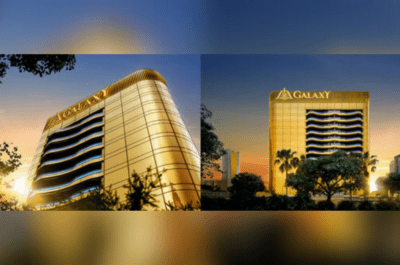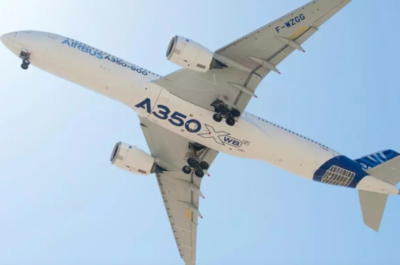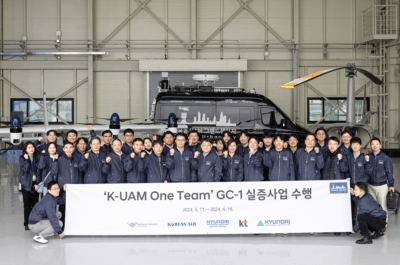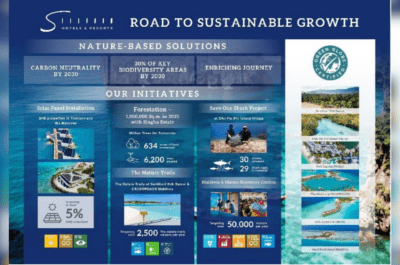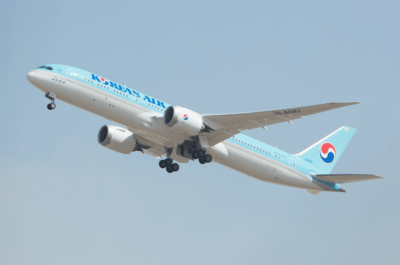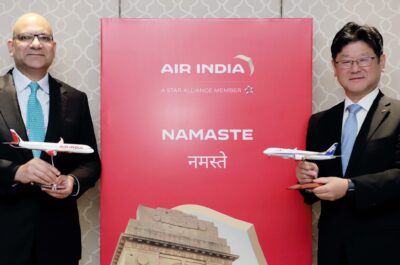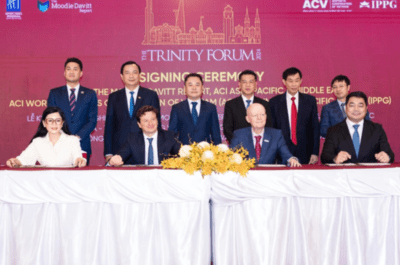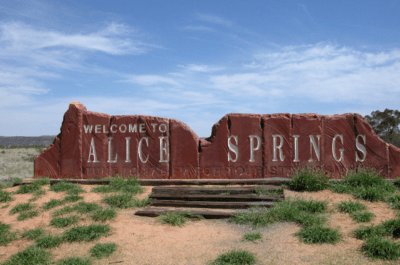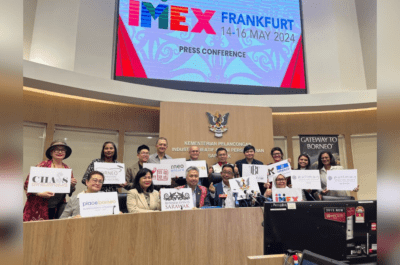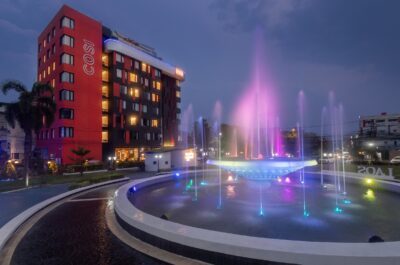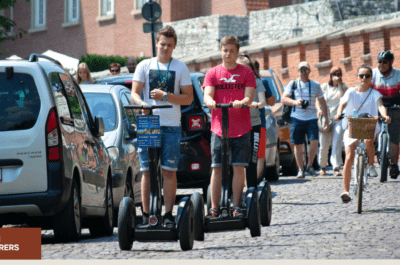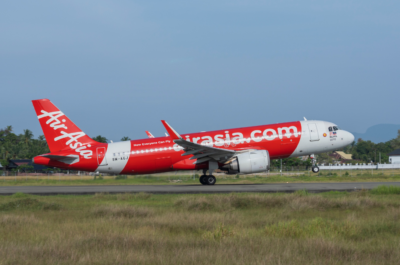
China’s T-Flight maglev hyperloop train breaks the world speed record at 387 mph, promising a future where high-speed rail could outpace airplanes, transforming global travel and connectivity.
In an unparalleled achievement in the realm of high-speed rail technology, China’s T-Flight maglev hyperloop train has shattered previous world records, reaching a staggering speed of 387 mph (623 km/h) on a test track. This milestone not only showcases the technological prowess of the China Aerospace Science and Industry Corporation (CASIC) but also sets a new benchmark for the future of travel, potentially transforming the way we perceive distance and time in the realm of passenger transport.
The T-Flight, engineered by the state-owned CASIC, represents a significant leap forward in maglev (magnetic levitation) technology. Unlike conventional trains, the maglev system operates by levitating pods through tunnels with minimal air resistance, thereby enabling the train to achieve previously unimaginable speeds. The recent test in China eclipsed the former record held by Japan’s L0 Series SCMaglev, which peaked at 375 mph (603 km/h).
This technological marvel was demonstrated on a meticulously constructed 1.2 miles (2 kilometers) track, encased in a low-pressure vacuum tube to minimize friction. The precision with which the track was built is notable, with a flatness tolerance of just 0.01 inch (0.3 millimeters) and a geometric size error of less than 0.1 inch (2 mm), ensuring almost frictionless movement of the train. This engineering feat underlines the immense potential of hyperloop systems to revolutionize high-speed rail by significantly reducing travel times.
Looking ahead, CASIC has ambitious plans to elevate the T-Flight’s capabilities even further. The second phase of testing aims to extend the track to 37 miles (60 km) and achieve speeds of up to 621 mph (1,000 km/h), surpassing the cruising speeds of commercial passenger jets. This phase sets the stage for even more ambitious goals, with projections to reach speeds up to 1,243 mph (2,000 km/h), effectively bridging cities like Wuhan and Beijing in record times.
Hyperloop technology promises a future where high-speed rail can outpace air travel, offering an environmentally friendly, efficient alternative. While the concept of hyperloop systems was first introduced by Elon Musk in 2013, the vision has faced challenges in realization. However, China’s breakthrough with the T-Flight maglev hyperloop train reinvigorates the discourse on the viability and potential of hyperloop systems to transform global travel infrastructure.
Maglev trains and their associated infrastructure represent a significant financial investment, with their development often hindered by bureaucratic processes. Hyperloop One, previously known as Virgin Hyperloop, ceased operations last year due to financial constraints, as documented by Bloomberg. However, the China Aerospace Science and Industry Corporation (CASIC) appears to be in a more favorable financial position. The enterprise reported a substantial revenue of $37 billion in the previous year, according to Forbes, indicating robust financial health and capacity to support such advanced projects.
For travel and hospitality professionals, the implications of this advancement are profound. The ability to connect major cities with unprecedented speed could redefine business travel, tourism, and the overall connectivity of regions. As we look toward the future, the continued development and potential global adoption of hyperloop technology could herald a new era in transportation, offering faster, cleaner, and more efficient travel options on a scale never before imagined.
Theodore is the Co-Founder and Managing Editor of TravelDailyNews Media Network; his responsibilities include business development and planning for TravelDailyNews long-term opportunities.
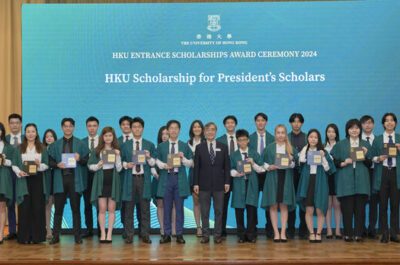



![[PR] PR_Ascott and Vimut Hospital_2024](https://www.traveldailynews.asia/wp-content/uploads/2024/04/PR-PR_Ascott-and-Vimut-Hospital_2024-400x265.jpg)


